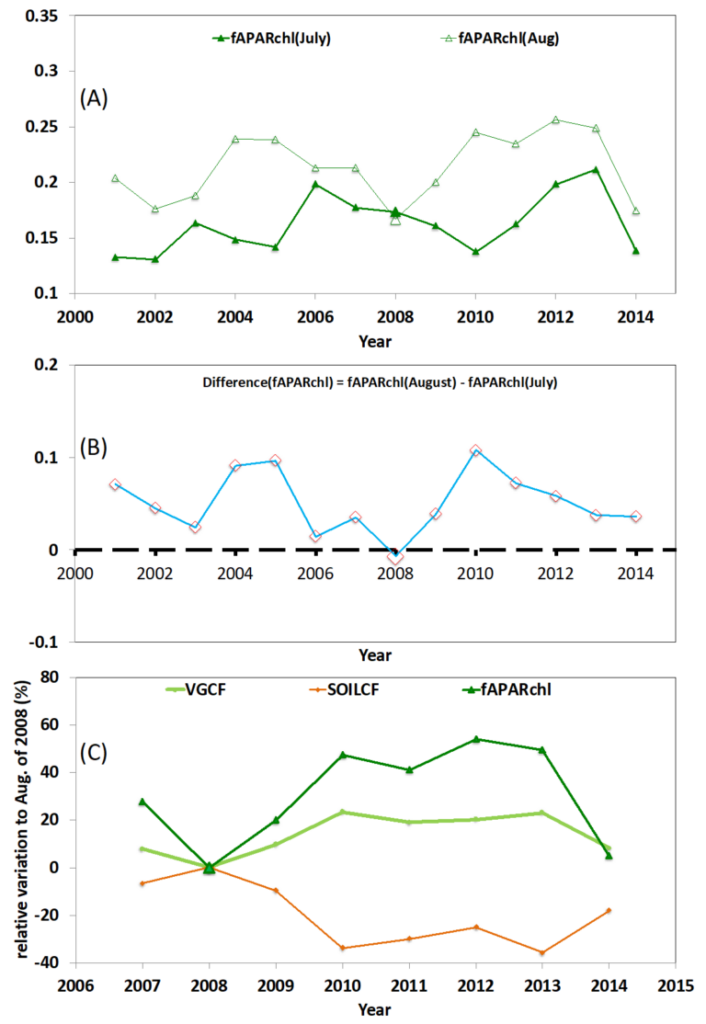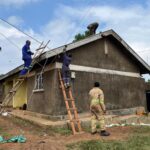ESSIC/CISESS Scientist Qingyuan Zhang has published a paper entitled “Impacts of abiotic and biotic factors on tundra productivity near Utqiaġvik, Alaska” in Environmental Research Letters.
Monitoring, quantifying, and understanding changes in vegetation, snow cover and permafrost thaw in high latitude regions is fundamental for predicting how these regions and their inhabitants are impacted by climate change and how humans will need to adapt. Warming of northern latitudes has coincided with shifts in tundra vegetation, disappearing ponds and lakes, earlier snowmelt, lengthening of the growing season and start of spring greening and increase in tundra productivity. However, understanding of the potential interactions between these factors is limited.

The Moderate Resolution Imaging Spectroradiometer (MODIS) provides cover fractions of vegetation, snow, standing water, and soil, and fractional absorption of photosynthetically active radiation by canopy chlorophyll (fAPARchl). The researchers evaluated a 14-year time-period that the tundra experienced large interannual variability in vegetation productivity metrics, which was explainable by both abiotic and biotic factors. They found earlier snowmelt to increase June fAPARchl, and APARchl, while warmer temperatures significantly increased monthly fAPARchl and APARchl. However, abiotic factors failed to explain stark decreases in fAPARchl and APARchl during August of 2008, which coincided with a severe lemming outbreak. MODIS observations found this tundra ecosystem to completely recover two years later, resulting in elevated productivity (fAPARchl) (see Figure). This study highlights the potential roles of both climate and herbivory in modulating the interannual variability of remotely retrieved plant productivity metrics in Arctic coastal tundra ecosystems.
Dr. Qingyuan Zhang is a scientist of ecology, meteorology and remote sensing of vegetation, snow, soil and surface water. He has developed the coupled Leaf-Vegetation-Soil-Snow-Surface water (LVS3) radiative transfer models. He has been PI of two NASA projects and one NOAA project. He is co-leading the NOAA STAR flood team.
Access the full article here: “Abiotic and Biotic Factors impacting Tundra Productivity in Alaska”.






